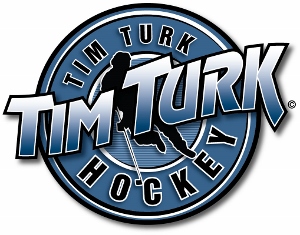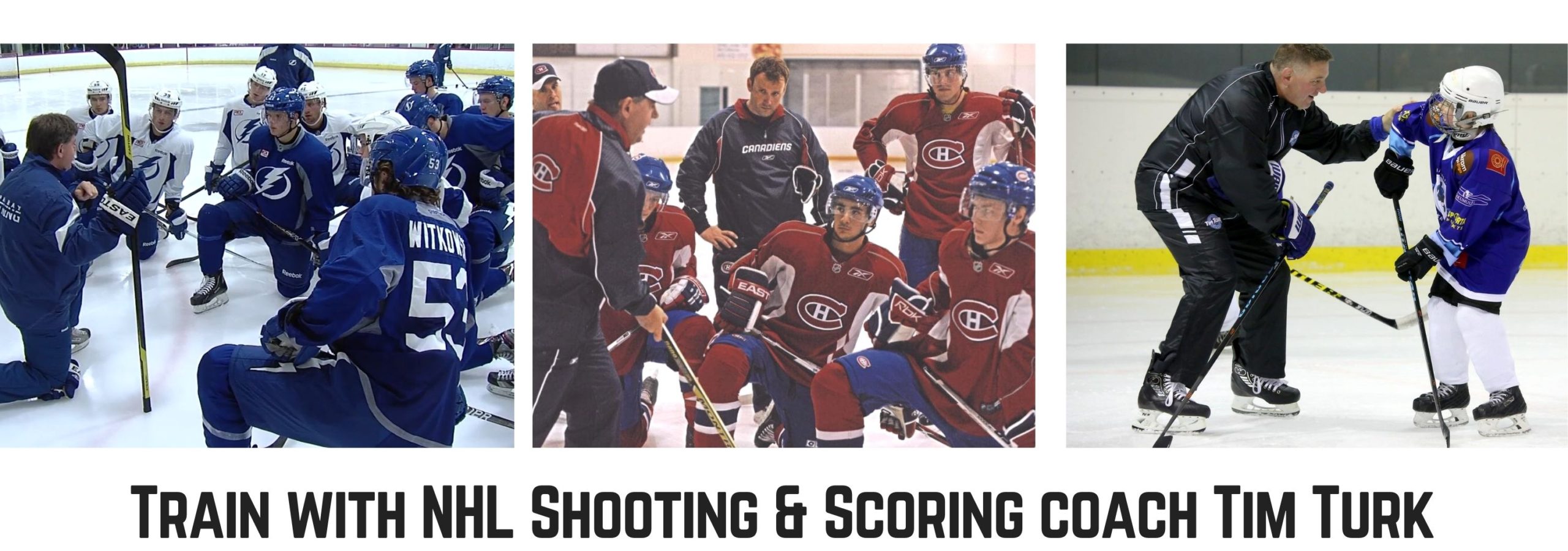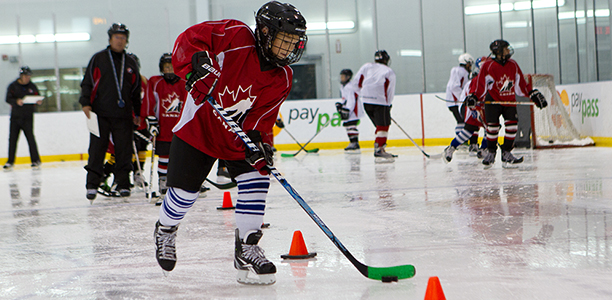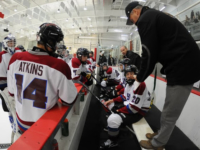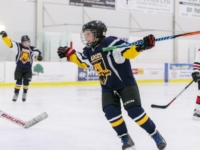Hockey has been a rite of passage for so many of us in our youth and will always be something we cherish as a part of our childhood.
But that doesn’t mean the minor hockey experience is perfect. We should strive to continuously improve and evolve for anything in life. Hockey is no different. There will always be ways to improve the game for future generations.
So what are the things we can improve in minor hockey? We don’t have all the answers, but here are 4 of the top things that we believe can be changed to make minor hockey an even more enjoyable experience for our children.
1 Safer Equipment
2 Inclusivity for All
3 Education for Parents
4 Lower Costs
Safer Equipment for Players
When it comes to our children, there is nothing more important than their safety both on and off the ice. Hockey can be an incredibly fast game that, unfortunately, can come with its share of unexpected injuries.
Hockey equipment has come a long way since you and I were playing in our childhood. And yet, there is always room for improvement. Concussions continue to be the most common and one of the more dangerous injuries that children sustain while playing hockey. Current helmets are great but if there is any way to minimize concussions even more for children, then we are all for it.
Concussions can have serious long-term impacts as well as affect a child’s development. They can also happen to the most confident skaters. All it takes is one fall backward or even a wayward stick or puck.
On top of concussions, knee, shoulder, and wrist injuries are also common. We get it, kids are already trying to get used to skating with all of this equipment on. If there is a way to improve the technology to mitigate any injuries on the ice, it will be a better overall experience for everyone involved.
Inclusivity For All
In recent years, hockey has truly opened its doors to all walks of life. Now, more than ever, girls are taking part in minor hockey. But as far as the sport itself goes, it is still very much a male-dominated world, especially as youth get older and reach more competitive levels.
Inclusivity for all in hockey is something that is very much needed. This doesn’t just relate to gender but also ethnicity, religion, sexual orientation, and socio-economic background. Even in 2024, hockey is a game that is watched by everyone but only played by a select few.
How can we knock down the barriers for all of our youth? It’s not an easy task, that’s for sure. We have to remember that children are developing in a much different way these days. They are more influenced by the internet and social media than youth in the past. It isn’t an easy world to grow up in.
Hockey can be a wonderful escape for youth and a great way to socialize and build much-needed relationships. It can also be a way for kids to build their confidence and leadership skills. We should be encouraging all kids to participate in hockey or any team sport. It’s an integral part of any childhood and should be available for everyone.
Education for Parents
Here’s a big one: education for parents. What exactly does this mean? It can mean a variety of different things. Anything from how to behave at the rink to learning about minor hockey advisors and agents. The fact of the matter is, that most parents don’t have a clue how to help their kids develop to their fullest potential.
What is a minor hockey advisor? Think of them as a counsellor or mentor for your child’s minor hockey journey. They can provide feedback on which skills need to be developed and what steps they can take to continue into higher tiers of competition. Eventually, the ultimate goal of the advisor is to help players reach their goal of playing professionally. Most hockey families don’t even know about advisors. If they do, chances are they don’t think they need one.
If your child has aspirations of playing in the NHL one day, it also helps to look into getting an agent. Do you know where to go to find an agent for a 14-year-old player? Most parents don’t. This is why providing this type of education to parents through courses or some other medium can help with the development of youth players.
Lower Costs
This last point ties right in with inclusivity for all children in hockey. Simply put, registration and equipment costs are much too expensive for many families across the country. It’s not unheard of for a season of hockey to cost between $500 and $1,000 for each player. Combined with the cost of equipment, fuel for driving to the rink, out-of-town tournaments, and team merchandise, you’re looking at a small fortune for each season.
If we want to help the game grow and include all children, then costs must come down. Compared to other team sports like soccer or baseball, hockey truly is for a certain demographic.
So how do we lower costs? It’s not an easy task, especially when the demand for hockey is so high across the country. Is it building more rinks so that ice time is cheaper? Making more affordable equipment? Or is it getting more volunteer hours from parents and the community? If hockey is meant to be played by everyone, then we must find ways to lower the costs, otherwise, we are doomed to exclude a large portion of our youth from ever enjoying this wonderful game.
